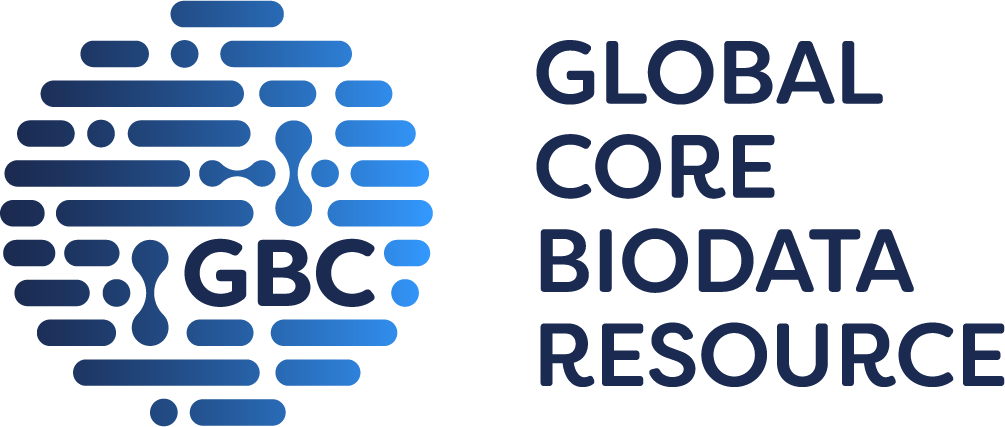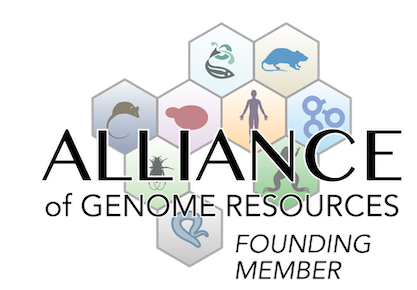homeostasis/metabolism
 N N |
• male mice exhibit normal glucose metabolism, as determined by blood glucose levels during an i.p. glucose tolerance test (GTT, 10- to15-week-old), an insulin tolerance test (ITT, 12- to 22-week-old) and in the fed and fasted (6-h or overnight) states
• blood insulin levels show a significant increase after 15 min of the GTT that is similar to that seen in wild-type controls, and no difference in glucose-stimulated insulin secretion is observed in isolated pancreatic islets
|
 |
• male mice exhibit significantly elevated plasma free fatty acid (FFA) levels both under overnight fasted conditions and at 10 min after i.p. insulin injection relative to similarly treated wild-type controls
• however, plasma FFA levels are normal under fed conditions
|
 |
• after the dark phase, male mice show a 2-fold increase in liver triglyceride (TG) levels at ~16 h after injection of CL316,243 (a beta3-adrenergic receptor agonist)
• however, untreated mice show normal liver TG levels
|
 |
• at ~16 h after injection of CL316,243, brown adipose tissue (BAT) triglyceride levels are significantly lower than in similarly injected wild-type controls, suggesting enhanced lipolysis
|
 |
• at 9-23 weeks of age, male mice show an ~80% reduction of PDE3B (phosphodiesterase 3B, cGMP-inhibited) protein levels in epididymal visceral white adipose tissue (visWAT), along with a 60% or greater reduction in subcutaneous WAT (scWAT), brown adipose tissue (BAT), and isolated pancreatic islets
• ex vivo, immortalized brown adipocytes derived from newborn mice show an ~60% reduction in PDE3B protein levels
• however, brown adipocyte differentiation is normal as indicated by unchanged levels of adipocyte-specific proteins (HSL and ATGL), and re-expression of ABHD15 restores PDE3B protein expression to nearly wild-type levels
|
 |
• male mice exhibit impaired insulin-mediated suppression of adipose tissue lipolysis, with significantly elevated plasma FFA levels noted at 10 min after i.p. insulin injection, when plasma FFAs are suppressed by nearly 50% in insulin-injected wild-type controls
• at ~16 h after injection of a beta3-adrenergic receptor agonist (CL316,243), brown adipose tissue (BAT) triglyceride levels are significantly lower than in similarly injected wild-type controls, suggesting enhanced lipolysis
• ex vivo, immortalized brown adipocytes incubated in the presence of CL316,243 + insulin show a significant defect in insulin-mediated suppression of CL316,243-induced lipolysis, as determined by glycerol release
• however, in the absence of insulin, CL316,243-induced lipolysis is similar to that in wild-type brown adipocytes, and re-expression of wild-type ABHD15 in adipocytes restores insulin regulation of lipolysis
|
 |
• unlike in immortalized brown adipocytes, fat explants prepared from visceral white adipose tissue (visWAT) fat pads show a significant reduction in basal and CL316,243-stimulated lipolysis relative to wild-type fat explants, indicating that fat explants may be influenced by systemic, cell non-autonomous factors
|
adipose tissue
 N N |
• ex vivo, immortalized brown adipocytes derived from newborn mice and fat explants prepared from visceral white adipose tissue (visWAT) fat pads show normal insulin-stimulated glucose uptake, as determined by [3H]-2-deoxyglucose uptake, and Akt phosphorylation
|
 |
• at ~16 h after injection of CL316,243 (a beta3-adrenergic receptor agonist), brown adipose tissue (BAT) is darker than in similarly injected wild-type controls
• however, no changes in mitochondrial content or UCP1 [uncoupling protein 1 (mitochondrial, proton carrier)] levels are observed
|
 |
• in the presence of CL316,243 + insulin, immortalized brown adipocytes show impaired insulin-dependent suppression of PLIN1 (perilipin 1) phosphorylation, whereas LIPE (lipase, hormone sensitive; aka HSL) phosphorylation remains unaffected
• however, in the absence of insulin, CL316,243 triggers a similar increase in PLIN1 phosphorylation to that seen in wild-type brown adipocytes
|
 |
• fat explants from visceral white adipose tissue (visWAT) fat pads fail to show an increase in LIPE/HSL phosphorylation in response to CL316,243 stimulation
|
liver/biliary system
 |
• after the dark phase, male mice show a 2-fold increase in liver triglyceride (TG) levels at ~16 h after injection of CL316,243 (a beta3-adrenergic receptor agonist)
• however, untreated mice show normal liver TG levels
|
pale liver
(
J:285457
)
 |
• at ~16 h after injection of CL316,243, livers appear paler than wild-type livers
|
growth/size/body
 N N |
• at 10-12 weeks of age, male mice show normal body composition with no differences in body weight, fat mass, or lean mass relative to wild-type controls
|



 Analysis Tools
Analysis Tools